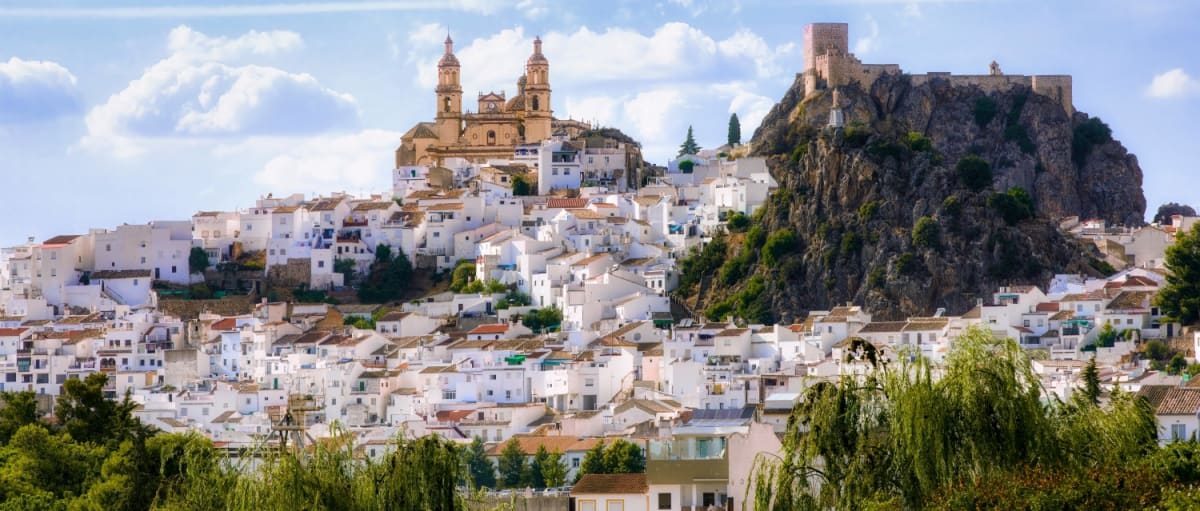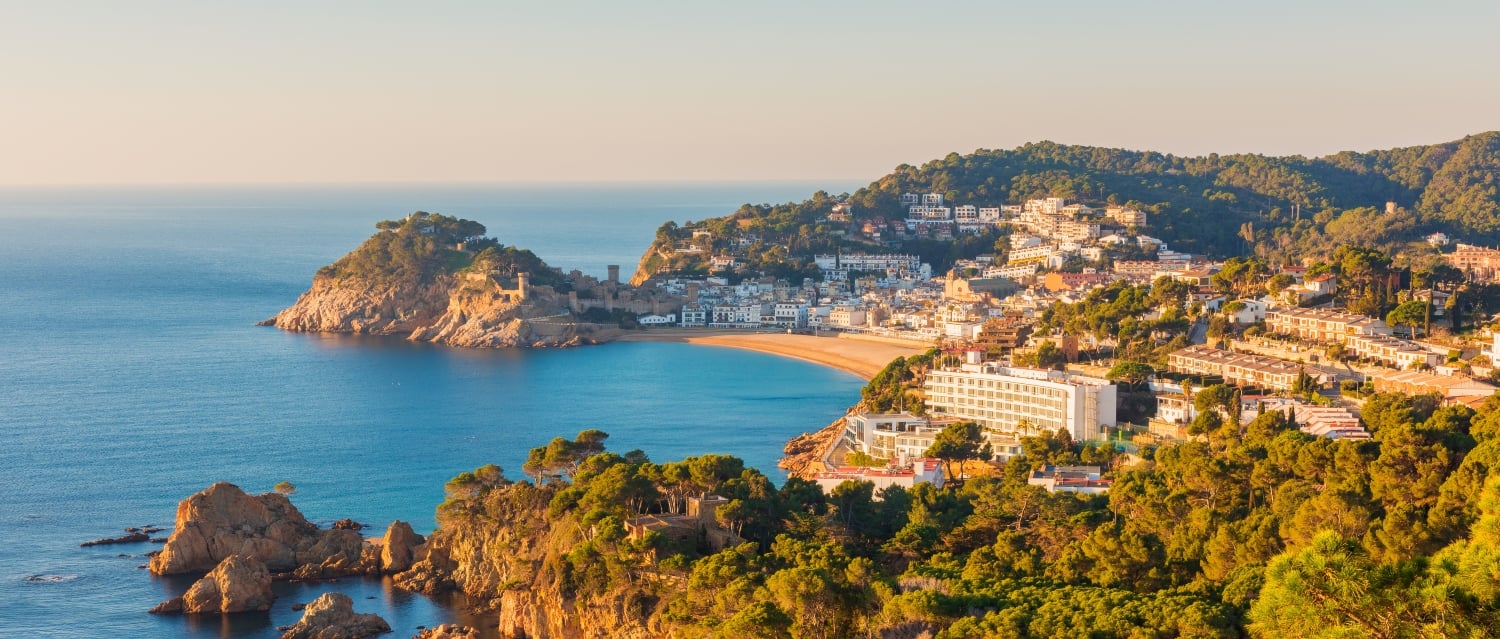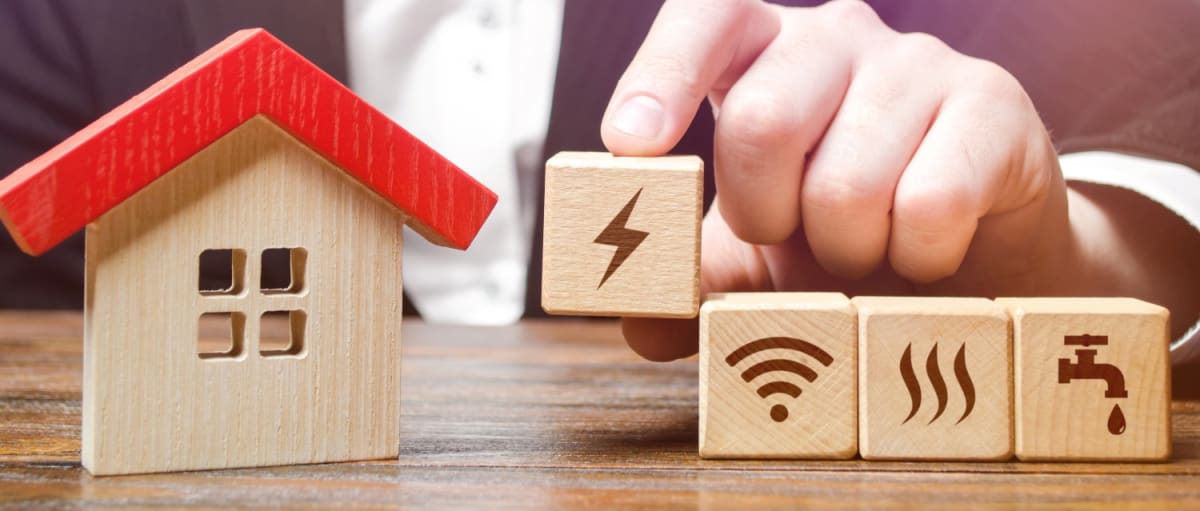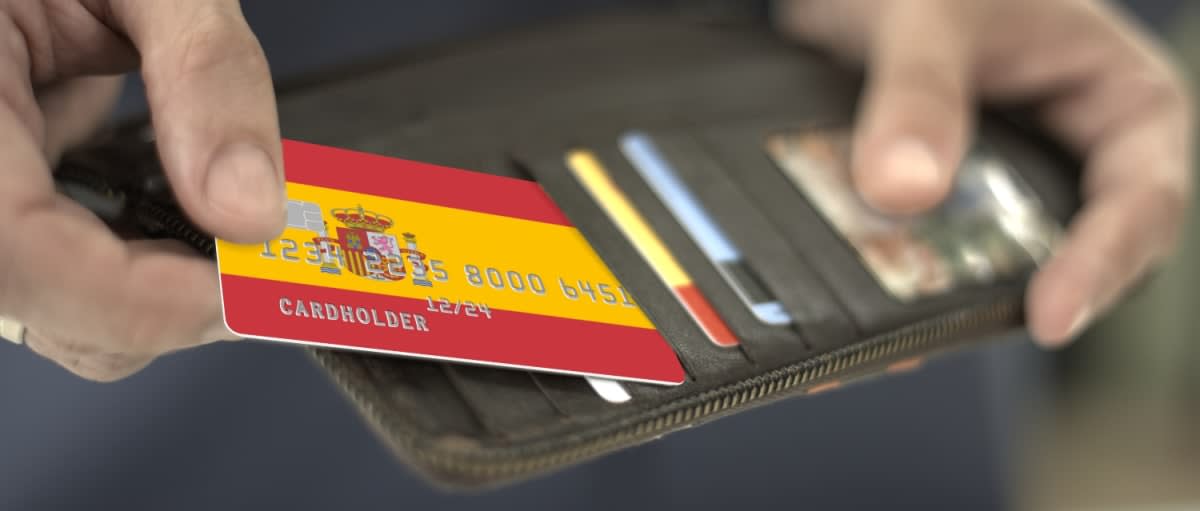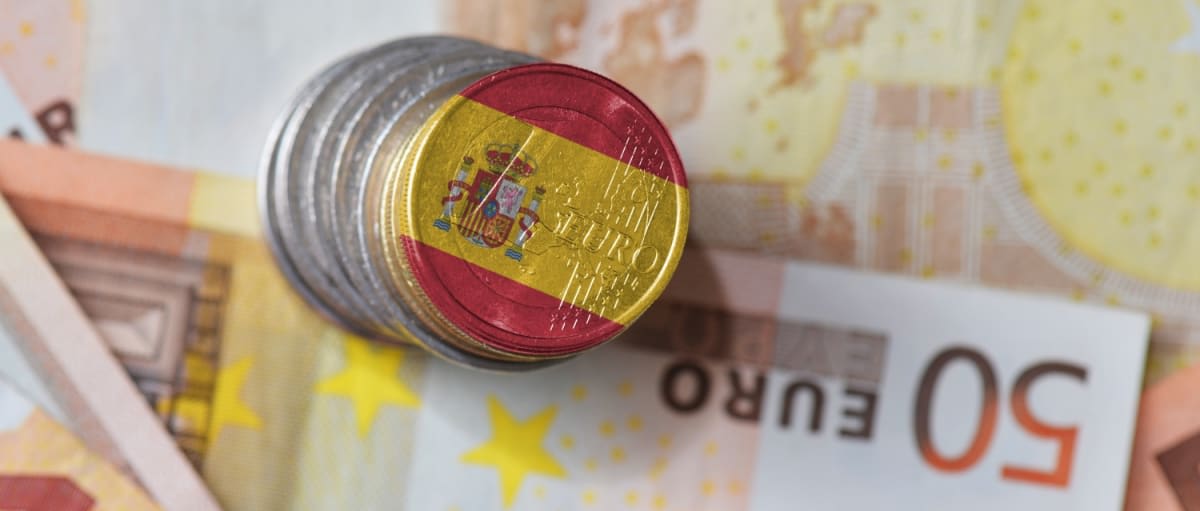Thanks to its world-famous beaches, cutting-edge cities and ski resorts all within a few hours of each other, Catalonia is one of Spain’s most exciting regions. But with such contrasting lifestyles, complex local laws and some of the high prices in Spain, where do you begin? In this guide, we reveal everything you need to know about buying property in Catalonia.
Catalonia sits between the French border and the Mediterranean Sea, offering a rich blend of history, contemporary living and outdoor adventure. Whether you’re drawn to the buzz of Barcelona, the rugged charm of the Costa Brava or the peaceful countryside of the Pyrenees foothills, there’s something here for every type of buyer.
Download the Spain Buying Guide
Contents
Why buy property in Catalonia?
Catalonia offers a rare blend of coast, countryside and culture, all within one autonomous region. It’s home to over 8m people, spread across four provinces: Barcelona, Girona, Lleida and Tarragona.
For international buyers, it’s not just about beautiful scenery – it’s the variety. You can enjoy long beach days on the Costa Brava, ski weekends in the Pyrenees or café culture in central Barcelona. The region also has world-class healthcare, international schools and excellent transport links.
If you’re looking for a lifestyle change that feels both international and traditionally Spanish (or more accurately, Catalan), this is one of Spain’s most compelling options.

Is property in Catalonia a good investment?
Catalonia consistently ranks as one of the most expensive regions in Spain – and with good reason. According to 2023 data, property prices averaged around €4,600 per square metre, compared to the national average of €2,900.
The region’s hotspots – Barcelona, the Costa Brava and the Costa Daurada – continue to attract interest from international buyers. If you’re looking for capital growth and long-term rental income, focus on locations near beaches, transport links or year-round appeal (like inland ski towns or commuter-friendly cities).
However, you’ll need to plan carefully around Catalonia’s strict purchase taxes and rental regulations.
Property Transfer Tax (ITP) is among the highest in Spain:
| Property value | ITP rate |
|---|---|
| Up to €600,000 | 10% |
| €600,001 to €900,000 | 11% |
| €900,001 to €1.5 million | 12% |
| Above €1.5 million | 13% |
It’s also worth bearing in mind that all short-term lets in Barcelona will be phased out by 2029 (although, mid-term rentals – those with a minimum stay of 30 days – will still be allowed).
Where to buy: top areas to consider
Barcelona
Barcelona is a world-class city with global appeal. From the Gothic Quarter’s ancient streets to the modernist masterpieces of Gaudí, it’s packed with heritage, architecture and energy. And it’s liveable too: good public transport, Mediterranean beaches and a thriving international community (20% of residents are foreign-born, rising to 50% in some central areas).
However, the city comes at a price. You’ll need upwards of €250,000 for a modest apartment, and even more for something with outside space or sea views.
Costa Brava
This northern stretch of Catalonia’s coastline is known for its dramatic scenery, rocky coves and sandy bays. High-rise developments are not too common in Alt Empordà and Baix Empordà, the two main districts north of Girona.
Popular spots include:
- Calella de Palafrugell – great for diving and near five golf courses
- L’Escala – a traditional fishing town with family appeal
- Empuriabrava – known for its canals and summer buzz
- Roses – offers broad beaches and year-round amenities
The Costa Brava has excellent rental potential in summer, but prices reflect that. Expect to pay a premium for sea views or direct beach access.
Costa Daurada
South of Barcelona lies the Costa Daurada (or Costa Dorada), known for its long sandy beaches and laid-back coastal towns. Top picks include:
- Salou – a family-friendly resort with a theme park nearby
- Sitges – lively, LGBTQ+ friendly and culturally rich
- Sant Carles de la Ràpita – a fishing village with a relaxed pace
Tarragona, the provincial capital, combines Roman history with modern living, and has a growing market for both locals and overseas buyers.
Inland Catalonia
Prefer space and fresh air? Inland Catalonia offers incredible value, especially in medieval villages and mountain communities.
La Cerdanya is a favourite with Barcelona-based families seeking weekend homes. It’s popular for skiing in winter and outdoor sports like hiking, rafting and cycling in summer. La Molina is the best-known ski resort, offering family-friendly slopes just two hours from the coast.

Property types and average prices
Catalonia’s diversity means property prices vary dramatically between city centres, coastlines and rural villages. Here’s a snapshot:
| Location | Property type | Starting price |
|---|---|---|
| Barcelona (city centre) | One-bedroom apartment | €250,000 |
| Girona (city) | One-bedroom apartment | €170,000 |
| Costa Brava | Two-bedroom apartment | €200,000+ |
| Rural inland (Lleida) | Rustic farmhouse | €60,000+ |
Search homes for sale in Spain
What is the climate like?
Catalonia has a more moderate climate than the baking southern provinces of Spain. In Barcelona and the Costa Brava, summer highs hit around 30°C, while winters bring cooler but still mild days.
Head into the mountains, though, and you’ll experience a proper seasonal shift. Snowfall is common in higher regions like La Cerdanya, making it popular for winter sports. This cooler, more varied climate appeals to buyers who want sunshine without the extremes.
How to get there
Catalonia is one of the best-connected regions in Spain:
- Airports: Barcelona El Prat (the main hub), Girona, Reus (Tarragona) and Lleida.
- Flight time from London: around two hours.
- Train: high-speed TGV and AVE links connect Barcelona with Paris, Madrid and beyond.
- Driving: from Calais to Barcelona takes around 12 hours.
How to buy a home in Catalonia
The property buying process in Catalonia follows the Spanish system, with a few region-specific considerations.
Here are the key steps:
- Research online
Use property portals and agents to get a feel for different areas and price points.
- Build your team
Hire a bilingual lawyer, find a trustworthy estate agent and connect with a currency expert like Smart Currency Exchange.
- View properties
Plan your trip with enough time to explore both shortlisted homes and the surrounding areas.
- Make an offer
If accepted, you’ll sign a reservation contract and pay a small holding deposit.
- Due diligence
Your lawyer will check the legal status of the property and liaise with the notary.
- Exchange contracts
Pay a deposit (usually 10%) and fix your currency rate to protect your budget.
- Completion
Sign the sale deed (escritura pública) and pay the balance, plus taxes and fees.
FAQs about buying property in Catalonia
Catalonia has many beautiful villages, but Besalú often tops the list thanks to its medieval bridge, cobbled streets and historic architecture. Other favourites include Cadaqués on the Costa Brava, famous for its whitewashed houses and artistic heritage, and Rupit, a mountain village with traditional stone houses and spectacular views.
Despite Brexit, British buyers can still buy property in Spain freely. However, they’re limited to spending 90 days in any 180-day period in Spain without a visa. For longer stays or to live permanently, you’ll need to apply for a visa or residency permit.
While Spain offers fantastic lifestyle and investment opportunities, there are some challenges. Property taxes and purchase costs can be higher than expected, especially in regions like Catalonia where transfer tax is among the highest in the country. You’ll also need to navigate regional regulations on rentals – for example, short-term lets in Barcelona will be phased out by 2029. Other considerations include currency fluctuations and ongoing community fees in apartments.
You might also like:



